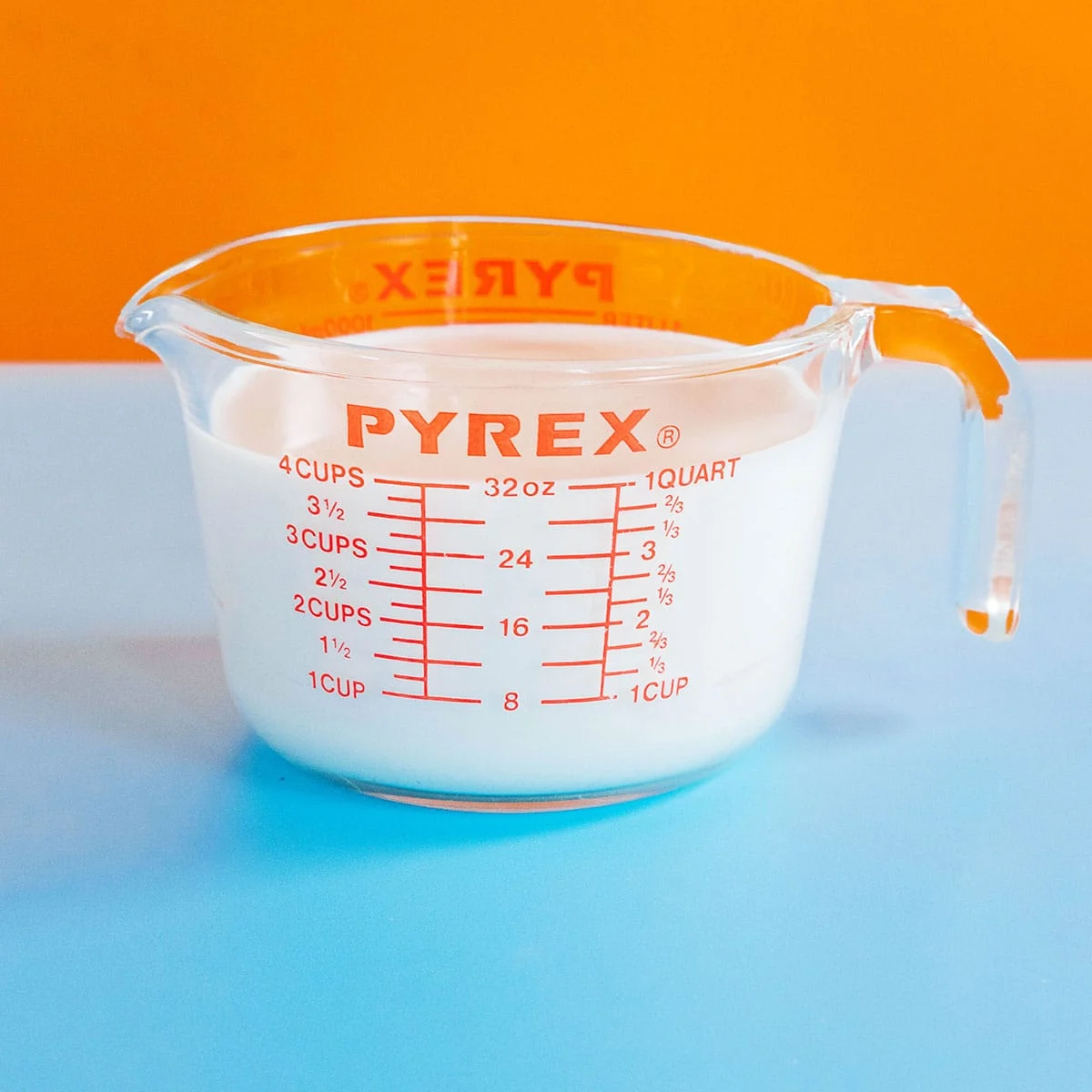How Many Ounces Are in a Quart? A Comprehensive Guide
Understanding measurements is crucial in various fields, including cooking, baking, and science. One common conversion that often arises is the number of ounces in a quart. This article will explore the relationship between ounces and quarts, provide a detailed explanation of measurements, and offer practical applications. Additionally, we will include a FAQ section and a summary table for quick reference.
1. Understanding the Basics of Volume Measurement
1.1 What is a Quart?
A quart is a unit of volume measurement in the United States customary and imperial systems. It is commonly used to measure liquids and is equivalent to one-fourth of a gallon. There are two types of quarts:
- US Liquid Quart: This is the most commonly used quart in the United States, equal to 32 fluid ounces.
- Imperial Quart: Used in the UK and some Commonwealth countries, the imperial quart is slightly larger, equal to 40 fluid ounces.
1.2 What is an Ounce?
An ounce is a smaller unit of volume measurement. In the context of fluid measurements, it refers to fluid ounces (fl oz). There are two types of fluid ounces:
- US Fluid Ounce: Commonly used in the United States, equal to approximately 29.57 milliliters.
- Imperial Fluid Ounce: Used in the UK, equal to approximately 28.41 milliliters.
2. Conversion: Ounces to Quarts
2.1 How Many Ounces Are in a Quart?
In the US measurement system, there are 32 fluid ounces in a quart. This means:
2.2 Conversion Formula
To convert quarts to ounces, you can use the following formula:
Conversely, to convert ounces to quarts, the formula is:
2.3 Examples of Conversion
- 1 quart = 32 ounces
- 2 quarts = 64 ounces
- 0.5 quarts = 16 ounces
- 4 quarts = 128 ounces
3. Practical Applications of Quart and Ounce Measurements
3.1 Cooking and Baking
Understanding the conversion between quarts and ounces is especially important in cooking and baking. Many recipes specify ingredient quantities in quarts or ounces. For example, a recipe might call for 1 quart of broth, which is equivalent to 32 ounces.
3.2 Beverage Measurements
In the beverage industry, understanding these measurements is crucial. For instance, a standard quart of liquid is often used in packaging juices, milk, and other beverages. Knowing how many ounces are in a quart helps consumers understand serving sizes.
3.3 Scientific Measurements
In scientific experiments, precise measurements are essential. Researchers often need to convert between different volume measurements, including quarts and ounces, to ensure accurate results.
4. Common Questions About Quarts and Ounces
4.1 How many ounces are in a quart?
There are 32 fluid ounces in a US quart.
4.2 How do I convert quarts to ounces?
To convert quarts to ounces, multiply the number of quarts by 32.
4.3 How do I convert ounces to quarts?
To convert ounces to quarts, divide the number of ounces by 32.
4.4 Are there different types of quarts?
Yes, there are US liquid quarts and imperial quarts, with the US quart being 32 ounces and the imperial quart being 40 ounces.
4.5 Why is it important to understand these measurements?
Understanding measurements is crucial in cooking, baking, and scientific experiments to ensure accuracy and consistency.
5. Summary Table of Quart and Ounce Conversions
| Measurement Type | Equivalent in Ounces |
|---|---|
| 1 Quart | 32 Ounces |
| 2 Quarts | 64 Ounces |
| 3 Quarts | 96 Ounces |
| 4 Quarts | 128 Ounces |
| 1 Ounce | 0.03125 Quarts |
For more detailed information about fluid measurements, you can refer to the Wikipedia page on Fluid Ounce.
Conclusion
Understanding the relationship between quarts and ounces is essential for accurate measurements in cooking, baking, and various scientific applications. With 32 ounces in a quart, converting between these units becomes straightforward. Whether you are following a recipe, measuring beverages, or conducting experiments, knowing how to navigate these measurements will enhance your overall experience and ensure precision.






More Stories
Where to Watch USMNT vs Jamaica National Football Team
How I Met My Monster
How Should a Ring Fit